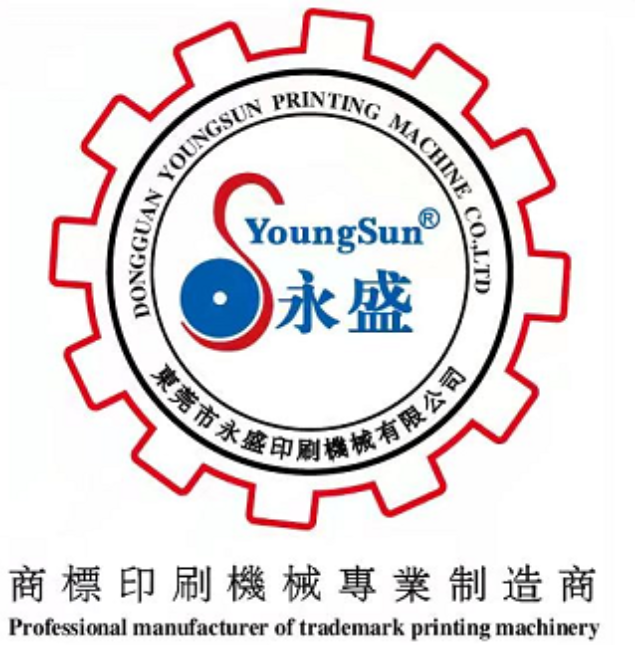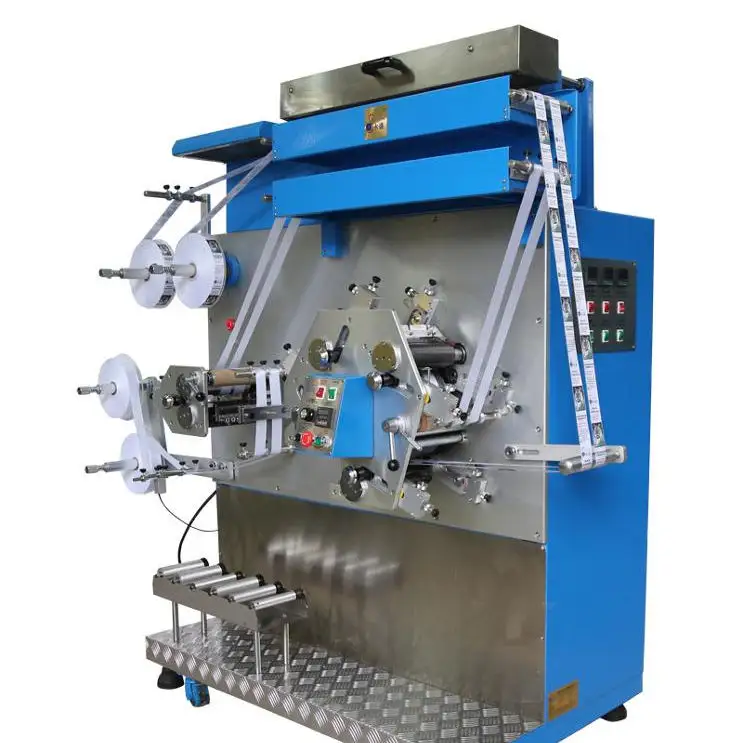Mastering Print Excellence Across Label Substrates
Achieving consistent print quality across different label materials presents both challenges and opportunities in today's dynamic printing industry. Whether you're working with paper, film, or specialty substrates, maintaining impeccable print quality requires a deep understanding of materials, printing processes, and quality control measures. Let's explore the comprehensive approaches and technical considerations that ensure superior print results across various label substrates.

Understanding Label Material Characteristics
Surface Properties and Their Impact
Each label material possesses unique surface characteristics that directly influence print quality. Paper labels feature a porous surface that readily absorbs inks, while synthetic materials like polyester and polypropylene have non-porous surfaces requiring special ink formulations. Understanding these fundamental differences is crucial for achieving optimal print quality on each substrate.
Material porosity, surface energy, and texture all play vital roles in how inks adhere and appear on the final product. For instance, high-gloss materials may require different printer settings and ink compositions compared to matte surfaces to prevent smearing and ensure proper adhesion.
Environmental Factors and Material Stability
Temperature, humidity, and storage conditions significantly affect label materials and subsequent print quality. Paper-based materials are particularly susceptible to dimensional changes in varying environmental conditions, which can impact registration and overall print appearance. Climate-controlled storage and proper material handling procedures help maintain consistent print quality across production runs.
Additionally, different materials respond uniquely to the heat generated during the printing process. Understanding these thermal characteristics helps in adjusting printer settings appropriately to prevent warping, bubbling, or other quality issues.
Optimizing Printer Settings and Parameters
Color Management and Calibration
Maintaining consistent print quality starts with proper color management and regular printer calibration. Each label material requires specific color profiles and density settings to achieve accurate color reproduction. Regular calibration ensures that printing equipment maintains optimal performance across different substrates.
Advanced color management systems can store multiple profiles for various materials, allowing quick adjustments when switching between substrates. This systematic approach helps maintain color consistency and reduces setup time between jobs.
Speed and Temperature Control
Print speed and temperature settings must be carefully balanced for each material type. Synthetic materials often require lower temperatures and adjusted print speeds to prevent distortion, while paper-based materials may accommodate higher speeds. Finding the optimal balance ensures both quality and productivity.
Modern printing systems offer material-specific presets that automatically adjust these parameters, but regular fine-tuning based on environmental conditions and specific job requirements remains essential for maintaining print quality.
Ink and Coating Considerations
Ink Selection and Compatibility
Choosing the right ink formulation for each label material is crucial for print quality success. Water-based inks work well with paper labels, while UV-curable or solvent-based inks are often necessary for synthetic materials. Ink adhesion tests help verify compatibility and durability across different substrates.
Consider factors such as drying time, scratch resistance, and chemical resistance when selecting inks for specific applications. Some materials may require primers or special treatments to enhance ink adhesion and overall print quality.
Surface Treatments and Coatings
Various surface treatments and coatings can enhance print quality across different materials. Corona treatment improves ink adhesion on synthetic materials, while specialized coatings can provide additional protection and visual effects. These treatments must be carefully selected to complement both the substrate and intended application.
Post-print coatings also play a crucial role in protecting the printed surface and enhancing appearance. Varnishes and laminates can add depth to colors while providing necessary durability for specific end-uses.
Quality Control and Monitoring Systems
Automated Inspection Technologies
Implementation of advanced inspection systems helps maintain consistent print quality across all materials. These systems can detect subtle variations in color, registration, and print defects in real-time, allowing for immediate corrections before quality issues escalate.
Modern vision systems can store reference images for different materials and automatically adjust inspection parameters based on the substrate being used. This ensures accurate quality control regardless of the material being printed.
Documentation and Process Control
Maintaining detailed records of printing parameters, material specifications, and quality metrics helps establish consistent procedures across different substrates. Standard operating procedures should include material-specific guidelines for setup, maintenance, and troubleshooting.
Regular analysis of quality data helps identify trends and potential issues before they impact production. This proactive approach to quality management ensures consistent print quality across all label materials.
Frequently Asked Questions
How Often Should Printing Equipment Be Calibrated for Different Materials?
Equipment calibration frequency depends on various factors, including production volume and material diversity. Generally, perform basic calibration daily and comprehensive calibration weekly or when switching between significantly different materials. Additional calibration may be necessary after environmental changes or maintenance activities.
What Are the Most Common Print Quality Issues with Different Label Materials?
Common issues include poor ink adhesion on synthetic materials, color inconsistency across different substrates, registration problems with heat-sensitive materials, and surface irregularities affecting print quality. Many of these issues can be prevented through proper material handling, equipment setup, and regular maintenance.
How Can Environmental Conditions Be Controlled to Maintain Print Quality?
Maintain consistent temperature and humidity levels in storage and production areas. Use climate control systems and monitor conditions regularly. Store materials in their original packaging until use, and allow materials to acclimate to production environment conditions before printing.

 EN
EN
 AR
AR
 CS
CS
 DA
DA
 NL
NL
 FI
FI
 FR
FR
 DE
DE
 EL
EL
 HI
HI
 IT
IT
 JA
JA
 KO
KO
 PL
PL
 PT
PT
 RO
RO
 RU
RU
 ES
ES
 SV
SV
 IW
IW
 ID
ID
 VI
VI
 SQ
SQ
 HU
HU
 MT
MT
 TH
TH
 TR
TR
 AF
AF
 GA
GA
 BN
BN
 BS
BS
 LO
LO
 LA
LA
 MI
MI
 MN
MN
 NE
NE
 MY
MY
 KK
KK
 UZ
UZ
 KY
KY
